From the Bronx to Pine Plains: How a war changed two lives

From left: Dyan Wapnik and Bill Jeffway at the final Pine Plains bicentennial event hosted by the Little Nine Partners Historical Society on Saturday, Nov. 18, at the Pine Plains Library. The program, “Reversal of Fortune,” was about Morris Graham and Andrew Frazier, who were born in Morrisania and moved to Pine Plains before the Revolutionary War.
Photo by Judith O’Hara Balfe

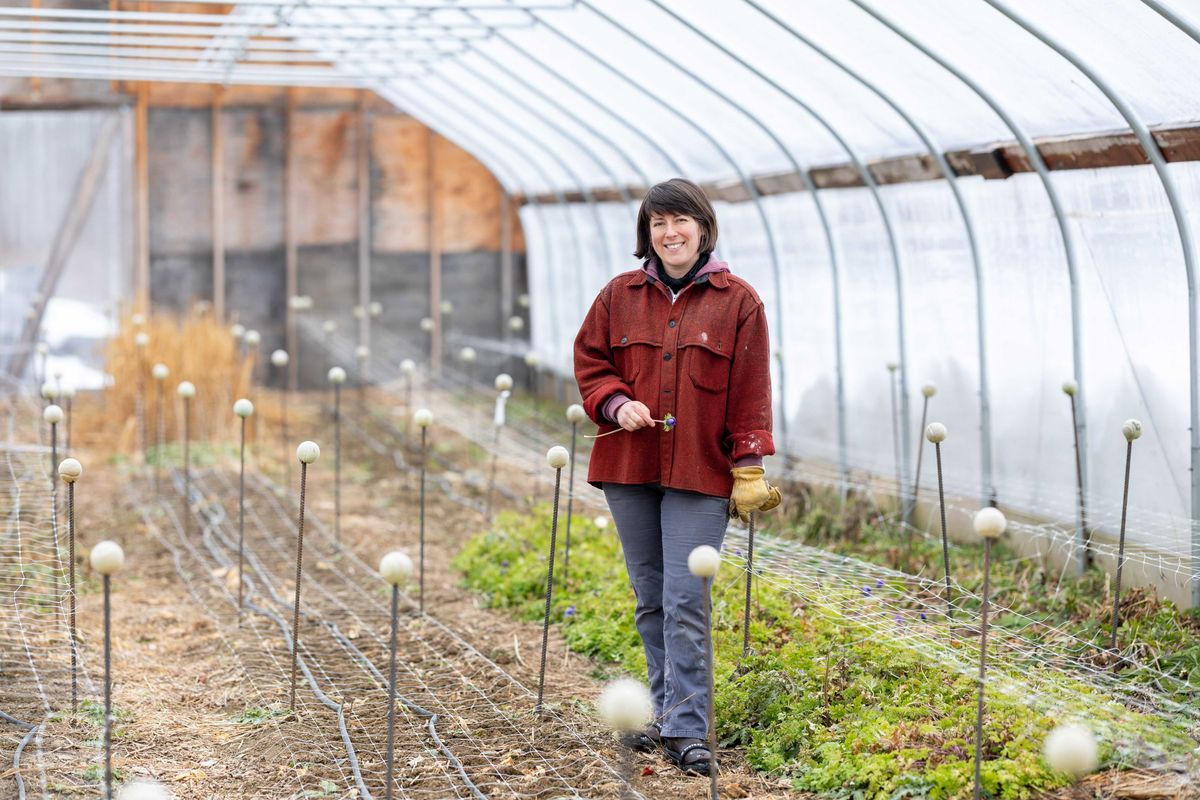

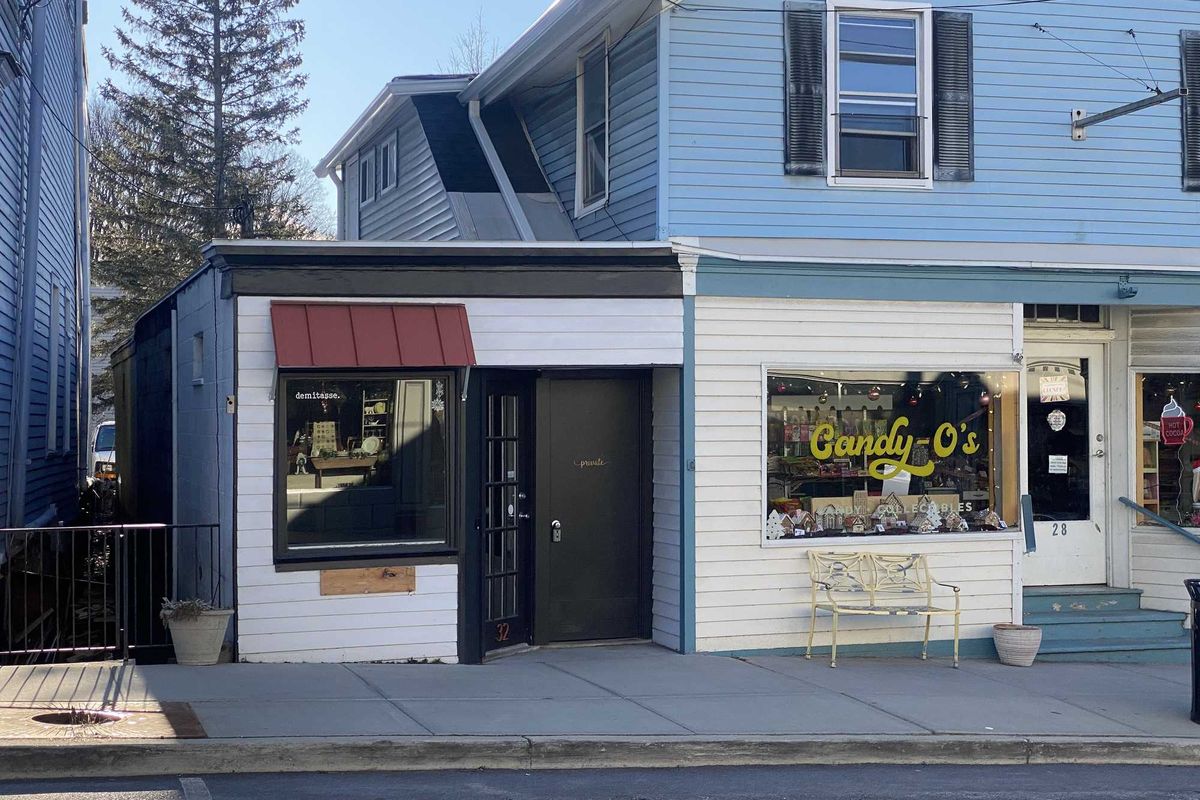
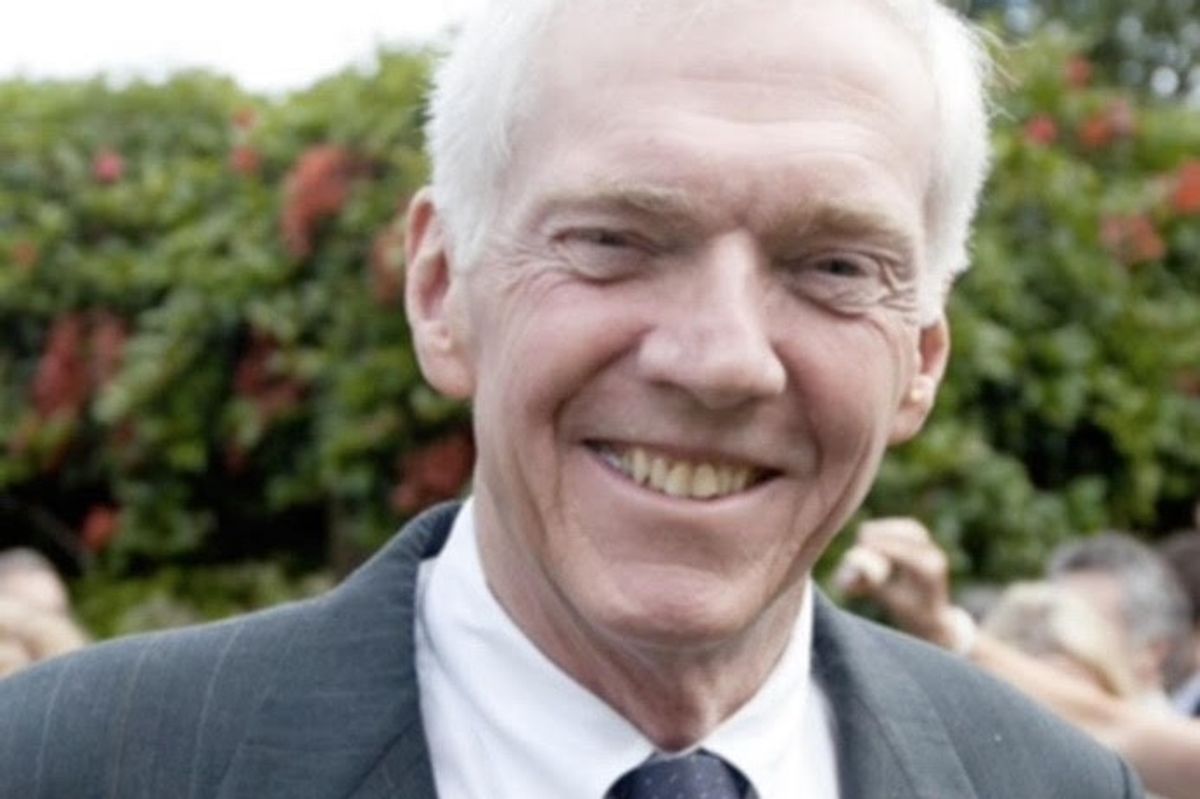

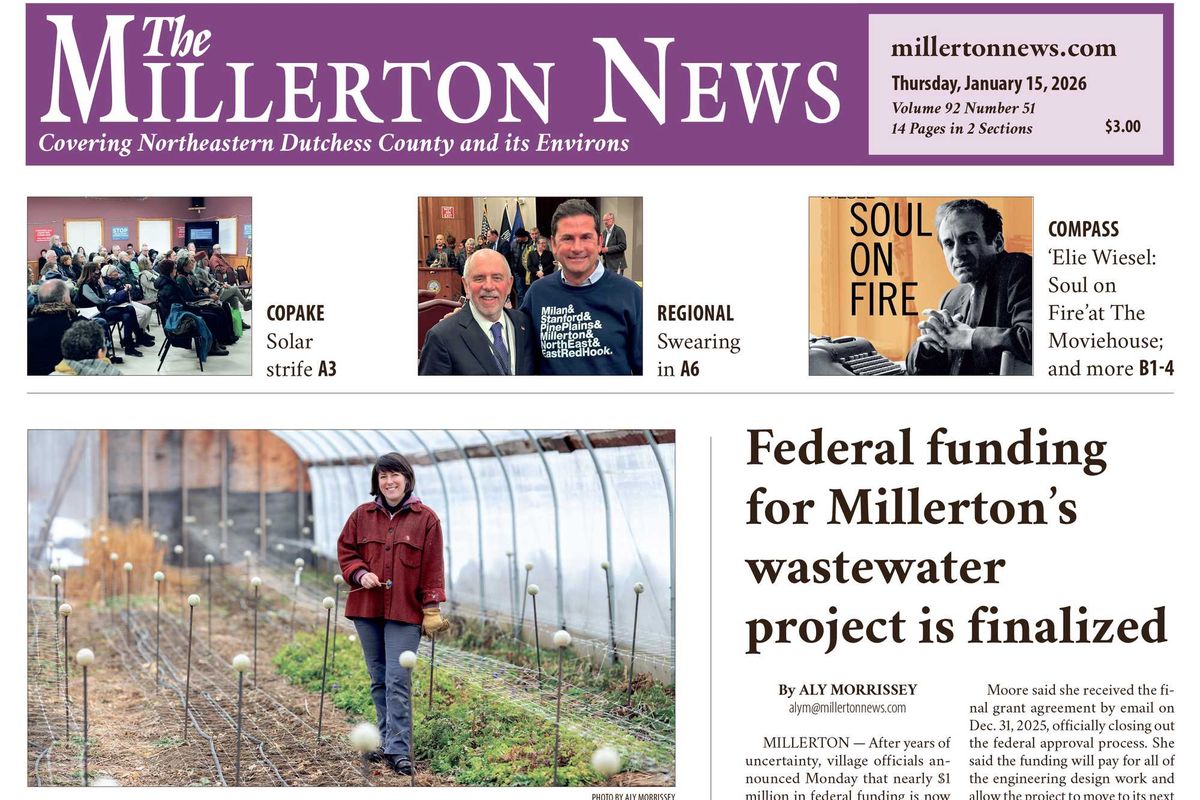

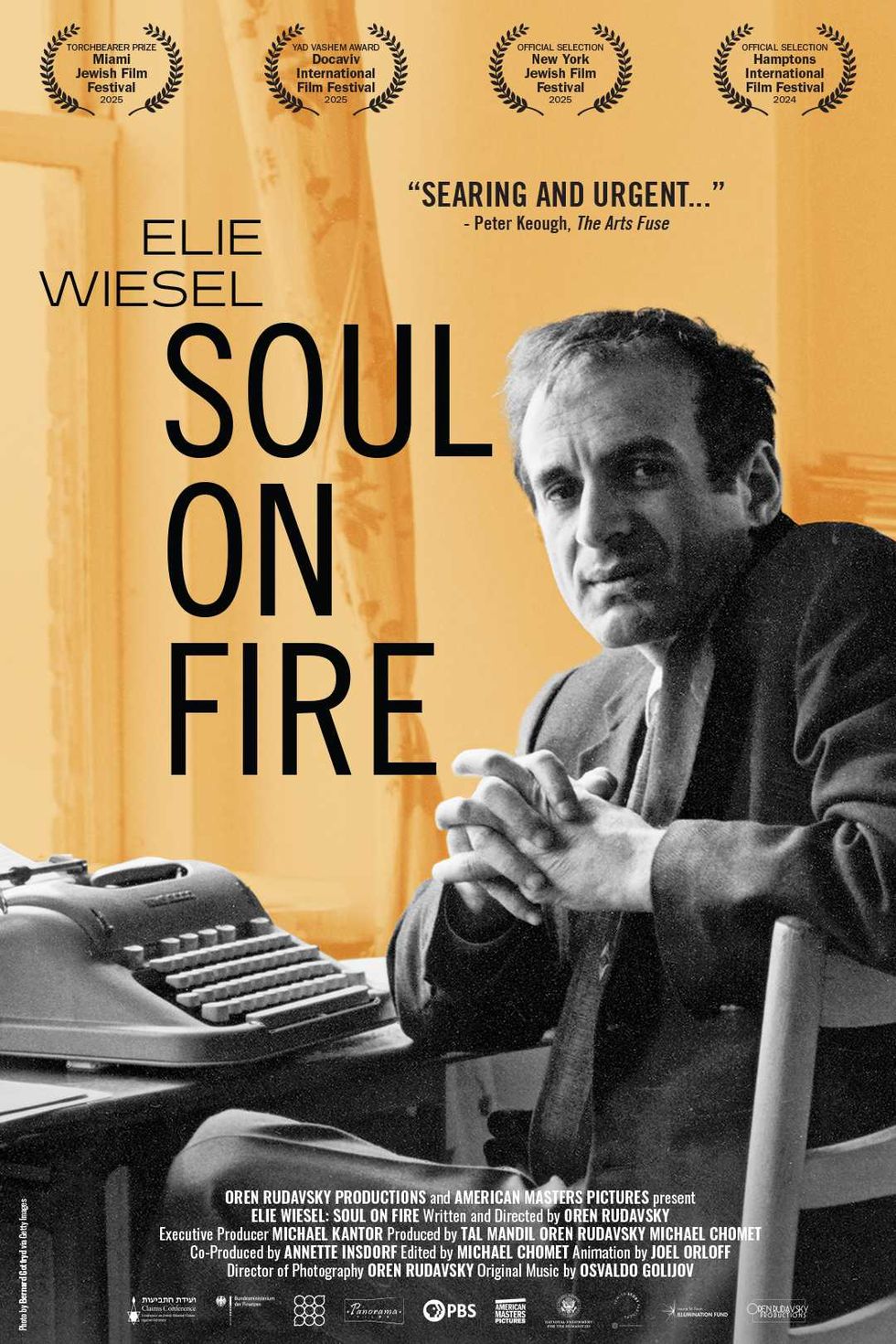 Provided
Provided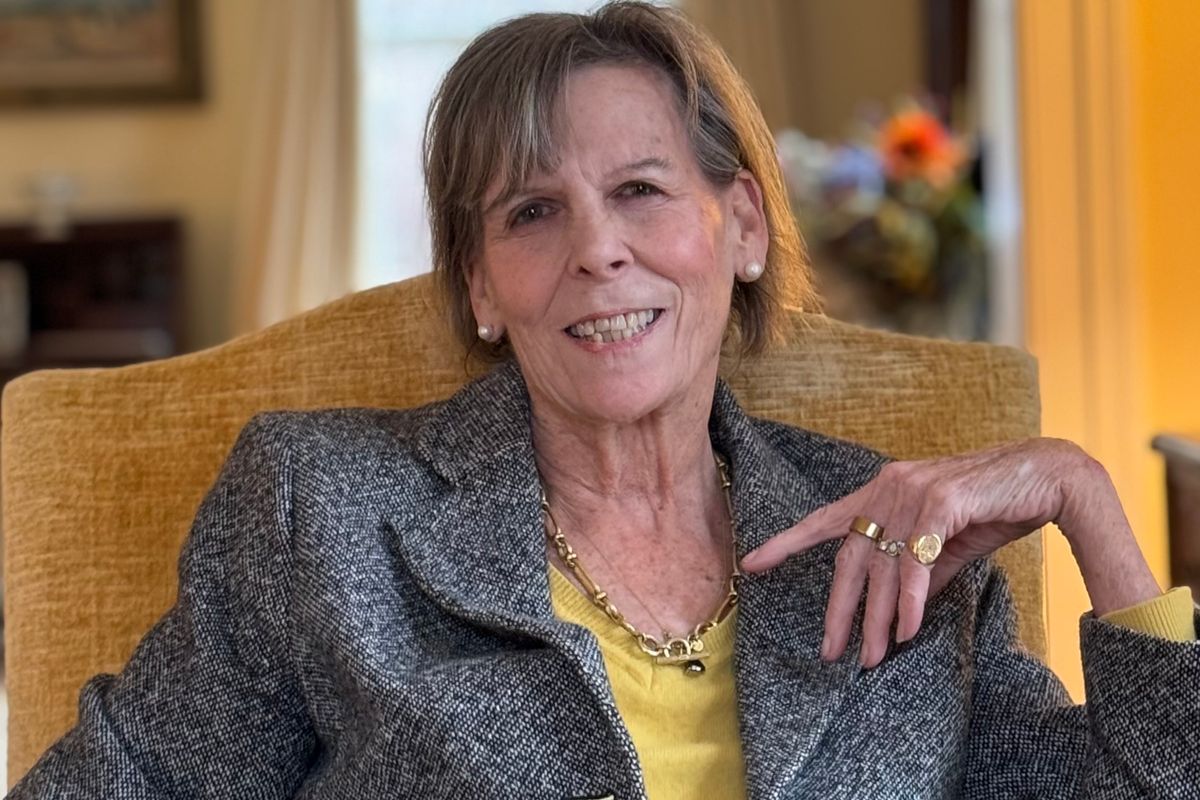
 Marietta WhittleseyElena Spellman
Marietta WhittleseyElena Spellman
 ‘Orchid Oculus Tondo’by Peter GerakarisProvided
‘Orchid Oculus Tondo’by Peter GerakarisProvided




